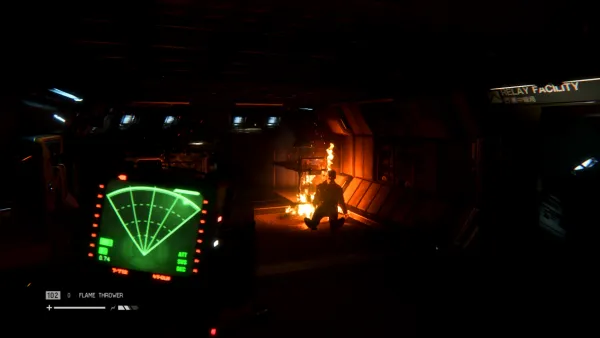Elon Musk is at it again with the unveiling of Tesla's Robovan—a massive, futuristic mouse-on-wheels that seats 20.
I can only assume he had a personal hand in its design, much like the Cybertruck.
Unveiled at the recent "We, Robot" event, Musk rolled out his new toys, the Cybercab and Robovan, and naturally, it was all glitz and glamour.
There was a man in a space suit (why not?), robots mixing drinks, and the promise of 50 shiny, fully autonomous vehicles zipping around the event space.
It was a big deal if you're a big fan of all things Tesla.
But honestly, the whole thing felt more like an episode of Black Mirror, minus the social commentary.

The Cybercab is apparently aTesla Model Y that’s been stripped of anything remotely useful for actual driving.
And rear seats, which is an odd choice for a taxi. Why not five seats?
No steering wheel, no pedals, and—here's the kicker—inductive charging instead of a plug. Because who needs physical connections in the future, right?
If you squint you'd be forgiven for thinking that Tesla took inspiration from the Hyundai N Vision 74.
Okay, REALLY squint.
While the Cybercab has received a fair amount of praise, the Robovan has had the opposite reaction, quickly becoming the target of countless online jokes.
Which, let's face it, is probably why you're reading this piece.
I'm a Johnny Cab!
I’ve observed that the trend of designing electric vehicles with awkward, almost childish aesthetics is shifting toward more refined, sophisticated looks—thanks in part to the efforts of companies like Porsche and even BYD.
Obviously the Cybertruck is a love-it-or-hate-it outlier here.
But the Robovan? Well, it certainly has a design language that harks back to the halcyon days of Art Deco, something that Musk has an apparent appreciation of.
I love Art Deco
— Elon Musk (@elonmusk) May 2, 2021
And there's nothing inherently wrong with that.
The problem is, it’s simply not suited for the average potholed road. In fact, it looks more at home on a spotless showroom floor than navigating the everyday bumps, cracks, and less-than-ideal surfaces of real-world streets.
One good jolt from a rogue pothole and you’re left wondering if this tech marvel can handle anything beyond perfectly paved roads.

I hear you say, "But it's a prototype!"
But so too was the Cybertruck.
The Robovan is more of an idealistic concept—Musk’s vision of a vehicle that effortlessly shuttles people around in its sleek, pedal-less, steering wheel-less, lounge-style interior.
But let’s pause for a second.
Why do we even need a Robovan?
Sure, it’s cool in that sci-fi way, and if you’ve ever dreamt of being inside a shiny loaf of bread that happens to have no driver, well, this one’s for you.
But for the rest of us?
The price tag under $30,000 should make us feel better, though I can’t help but wonder what part of my future retirement savings I’ll be betting on Tesla’s autopilot getting me safely from point A to B.
Musk’s grand vision has always been autonomous fleets driving themselves while we relax in green parks, freed from the hassle of parking spaces.
All sounds fantastic—until you think about the endless connectivity needed to keep these metallic monsters running in harmony.
Can you imagine how awkward it’ll be when one of these giant Robovans hits a Wi-Fi dead zone and decides to take you on an unexpected detour?
And this brings me to my final point.
Why can't we invest more in good public transportation as a society?
Transport for the People
Maybe instead of chasing these flashy, futuristic visions—which often feel more like PR stunts than practical solutions—we’d be better off if governments and private companies worked together to create proper, reliable public transport infrastructure.
If anything, this event underscores a major issue in many countries—transport should be a public service, subsidised by governments.
It's social mobility 101.

Imagine if all the energy and resources spent on designing these high-tech, driverless showpieces went into making everyday transport easier, safer, and more efficient for everyone.
Might that be more feasible? Isn't that what we should be aspiring for? Might that lead to less traffic on the roads and cleaner air for all?
The world doesn’t need another headline-grabbing gadget; it needs transport systems that work.









